Inveraray Church doesn’t have a steeple because someone stole it. Dismantled and stored as a precaution during WW2, the carefully numbered blocks were gone when it came time to rebuild. Only 2 blocks were ever found.
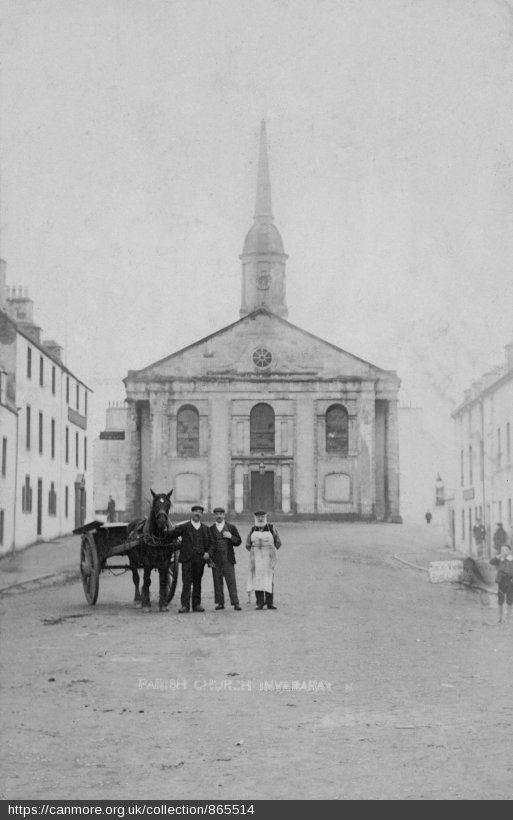
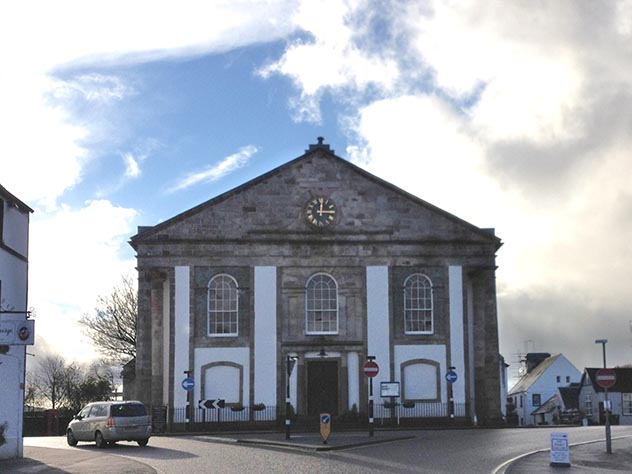
Inveraray Church doesn’t have a steeple because someone stole it. Dismantled and stored as a precaution during WW2, the carefully numbered blocks were gone when it came time to rebuild. Only 2 blocks were ever found.


In the 16th and 17th centuries, many parishes in Scotland owned a “common mortkist”–a reusable coffin to bury the poor. As the coffin was brought over the grave, a latch was opened, allowing the occupant to surreptitiously exit through a trap door bottom.



Some of the common coffins, like the one used by Linlithgow, had no lid, and the occupant may have had to have been covered using the parish mortcloth.
Walker, J.R. (1890) The common coffins at Abercorn and Linlithgow. Proceedings of the Society of Antiquaries of Scotland 24: 387-391
In October 1525, Archbishop of Glasgow, Gavin Dunbar wrote an angry hellfire and damnation curse upon the Border Reivers to be read out before mass in the areas the Reivers preyed on. 1478 words long, here are some snippits in modern Scots.

“I CURSE thair heid an aa the hairs o thair heid; I CURSE thair face, thair een, thair mouth, thair nose, thair tongue, thair teeth, thair craig, thair shoulders, thair breist, thair hert, thair stomach, thair back, thair wame, thair arms, thair legs, thair hands, thair feet an ilka pairt o thair body, frae the tap o thair heid tae the sole o thair feet, afore an ahint, within an outwith. I CURSE thaim gangin, an I CURSE thaim ridin; I CURSE thaim staunin, an I CURSE thaim sittin; I CURSE thaim eatin, I CURSE thaim drinkin;”
He goes on:
“I CURSE thaim waukin, I CURSE thaim sleepin; I CURSE thaim risin, I CURSE thaim lyin; I CURSE thaim at hame, I CURSE thaim frae hame; I CURSE thaim in the house, I CURSE thaim out the house…”
He also CURSES: their wives, bairns, servants, crops, cattle, wool, sheep, horses, pigs, geese, hens, livestock, halls, rooms, kitchens, stables, barns, byres, yards, kail, ploughs, harrows…
You can hear the whole (9 minutes) of the curse here: http://reivers.info/the-bishops-curse-dialect/
Borland, R. (1898) Border Raids and Reivers. Thomas Fraser, Dalbeattie. pp. 274-279
Only ~7% of St Andrew has been to Scotland (bone-wise)
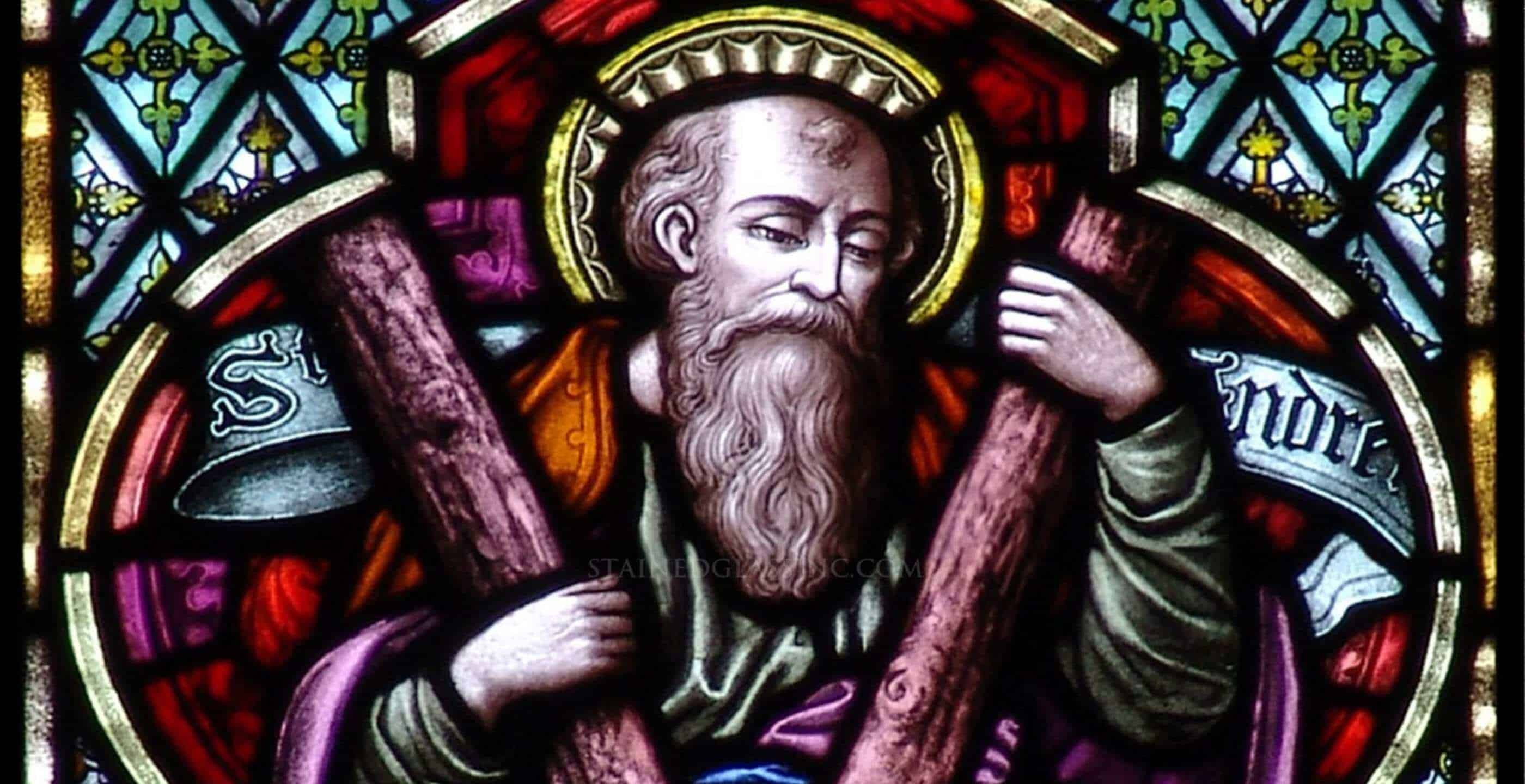
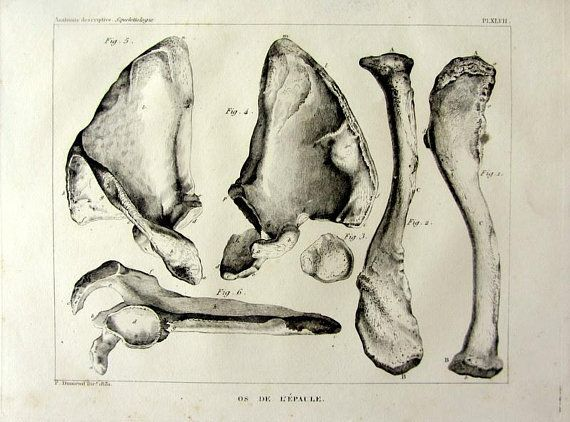
Andrew in Scotland timeline:
732-1559 – 1x tooth, 3x fingers, 1x patella, 1x arm bone
1559-1879 – no Andrew
1879-present – 1x scapula
1969-present – 1x piece of skull
Three years before after St Columba fought the Loch Ness Monster in 565, he lost a boat race to Lismore against St Moluag. The prize was the rights to set up a monastery on the island. Trailing behind, Moluag cut off his own finger and launched it at the shore, thus winning the race and he was able to build his monastery.
Since 1812, a minute in Crimond, Aberdeenshire has been about 2 seconds shorter than the rest of the world’s. The church clock keeps 61 minutes in an hour. The face and mechanism was corrected in 1948, but angry locals soon had their own time zone reinstated.
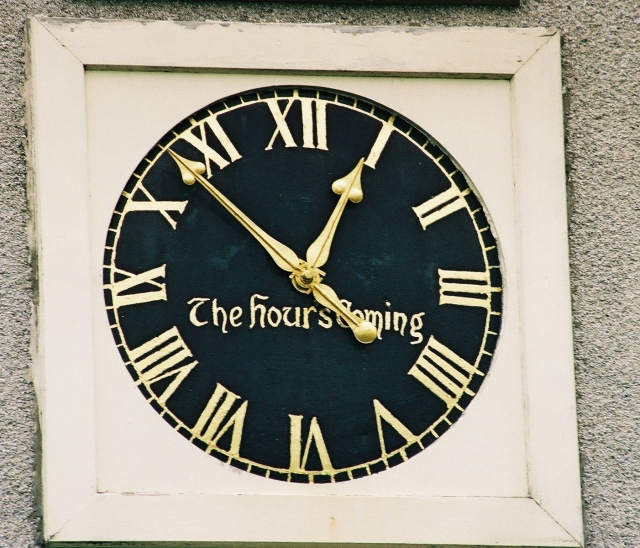
The clock was paid for and donated to Crimond by James Laing of Haddo, a slave owner, who made his money in the West Indies.
16th March 1559. Bessie Smith complains to St Andrews Kirk session that her husband, Andrew Lumsden, has “nocht adhered to hir in bed for twelf years”. Church decrees that he must “adhere to her” within 48 hours. Her neighbours to report back and confirm.
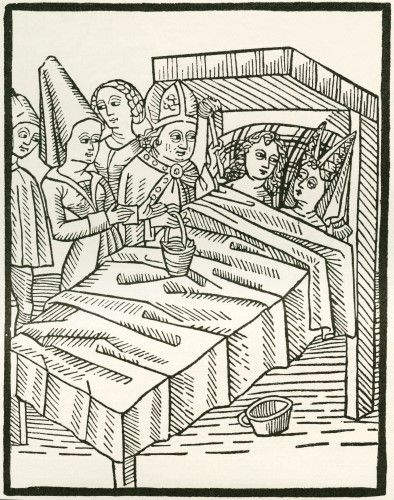
Hay Fleming, D. (ed) (1889) Register of the minister, elders, and deacons of the Christian congregation of St. Andrews : comprising the proceedings of the Kirk session and of the Court of the Superintendent of Fife, Fothrik, and Strathearn. 1559-1600. Vol. 1., Edinburgh University Press. 486pp.
A February sermon in Forfar Parish Church in 1833 had to be abandoned due to an unwanted visitor. In the middle of prayer, a tame jackdaw started divebombing the minister, William Clugston, and wouldn’t stop perching on his head.
Perthshire Advertiser. 7th February 1833. pg. 2
In 1640, so many Aberdonians brought their dogs to church, the burgh council had to ban them from sermons. “The barking and peturbation of these dogges, aftin withdraw people from hearing of God’s word!”

UPDATE: It seems that it was fairly common for shepherds and other folk to bring their dogs to church with them, which for some parishes, was considered “sabbath-breaking”. In Inverurie there were stiff fines for bringing your dog to the kirk as outlines in this extract from the Kirk Session minutes:
Every an that brings doggs to the kirk with them to pay 40 shillings for the first time; hav a merk for the second tym, whilk is still to be doublit, so long as they continue so doing.
Inverurie Kirk Session Minutes, 17th February 1650.
In March 1673, Oyne parish kirk in The Garioch, Aberdeenshire, paid for a “dog-clip” to be made– a long handled pair of forceps that the official dogwhipper would use to grab dogs from the church and take them outside.
The role of “dogwhipper” can be seen the bottom right of David Allan’s 1807 etching “Presbyterian Penance (The Black Stool).

Mackinlay, J. (1897). Dogs in Church. Proceedings of the Society of Antiquaries of Scotland, 31, 98-103.
Turreff, G. (1871) Antiquarian Gleanings from Aberdeenshire Records. James Murray, Aberdeen. pg. 174
Davidson, J. (1878) Inverurie and the Earldom of the Garioch. David Douglas, Edinburgh. pg. 316.
In Jan 1881 after mistaking a satirical article for news, a Free Church minister on Skye warned that Britain was at war with Russia and that Gladstone had been arrested as a spy. Fishermen kept off the sea for fear of Russian warships. The rest of Skye laughed.
Though their name was kept out the papers, enough hints were dropped that I think the minister was Joseph Lamont, whose congregation was at Snizort.


